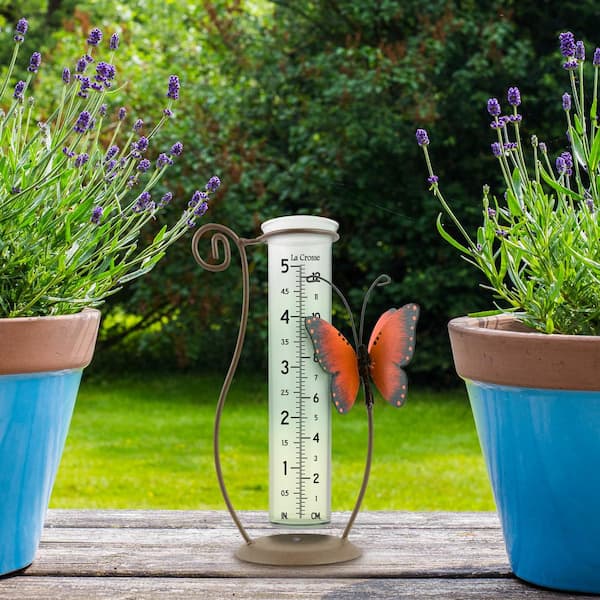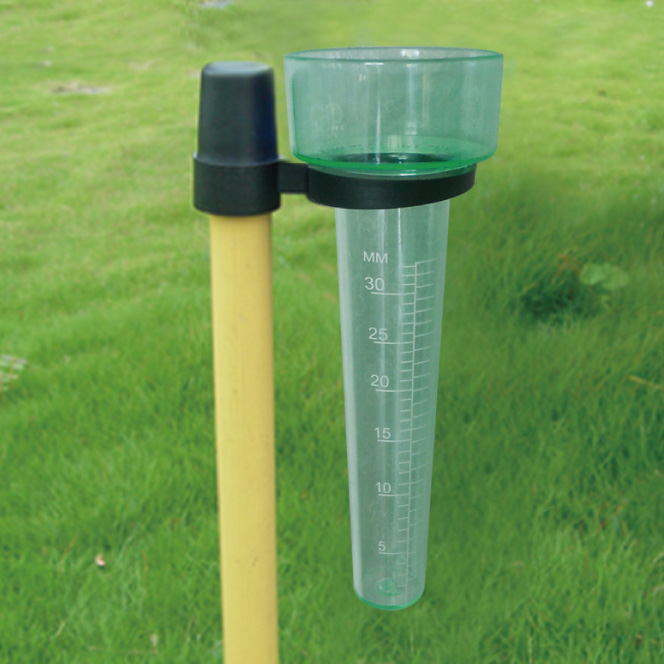The Rain Gauge: Enhancing Agricultural and Environmental Checking Initiatives
The Rain Gauge: Enhancing Agricultural and Environmental Checking Initiatives
Blog Article
How to Select the Right Rain Gauge for Accurate Rainfall Data
To get trustworthy dimensions, it is necessary to choose the ideal rainfall gauge. Considering factors such as area, kind, and accuracy of the rain gauge will aid guarantee precise data collection. In addition, understanding the maintenance and calibration treatments will add to the long life and dependability of your rain gauge.
Importance of Choosing the Right Rain Gauge
The significance of picking the right rainfall scale hinges on acquiring precise and dependable rains information for exact meteorological evaluation. Rain data is essential for a vast array of applications, including climate forecasting, hydrological modeling, and environment study. Unstable or inaccurate data can bring about wrong final thoughts and flawed decision-making procedures.

Second of all, the accuracy and accuracy of the rainfall scale are critical. The gauge should be able to determine rains with high precision, catching also little amounts of rainfall precisely.
In addition, the location and installment of the rainfall gauge are important factors to consider. It ought to be put in an open location, away from blockages that might affect rains measurements. The gauge should be positioned at an ideal elevation and angle to avoid splashing and make sure proper catchment of rain.
Elements to Take Into Consideration When Selecting a Rainfall Gauge
When selecting a rain gauge, there are a number of crucial variables to take into consideration. There are different types offered, consisting of common rainfall determines, tipping bucket rainfall gauges, and evaluating rain evaluates.
One more element to think about is the material of the rainfall scale. Rain evaluates can be made from different materials, such as metal, plastic, or glass. The product selected must be sturdy and immune to weather conditions, making sure that the rainfall scale will certainly stand up to the aspects and offer accurate dimensions over time.
Accuracy is additionally an essential factor to take into consideration. Seek rainfall determines that have actually been adjusted and evaluated for precision. Features such as anti-splash rings and funnels can additionally improve the precision of the dimensions.

Last but not least, think about the environment and atmosphere in which the rainfall gauge will certainly be utilized. Various rain determines are appropriate for various climates, so it is necessary to select one that is appropriate for the conditions in your location.
Different Kinds Of Rainfall Assesses Readily Available
To even more check out the aspects to take into consideration when choosing a rain gauge, it is essential to comprehend the various kinds of rain evaluates available. The most common kind is the common rainfall gauge, likewise understood as the round rain gauge.
Another kind of rainfall gauge is the tipping pail rain gauge. As the rainfall falls into the scale, it fills up one side of the pail, triggering it to clear the water and tip.
A third type of rainfall scale is the weighing rainfall scale. As the rain drops into the scale, it is accumulated in a container connected to a balance.
Finally, there are additionally remote rain gauges that usage progressed innovation to gauge rainfall (The Rain Gauge). These assesses usage sensors and transmitters to send out data wirelessly to a central device. Remote rain determines are hassle-free for keeping track of rains in hard-to-reach locations or for large data collection
How to Identify the Accuracy of a Rainfall Gauge
One means to assess the accuracy of a rainfall scale is by conducting regular calibration dimensions. Calibration entails contrasting the readings of a rain gauge to a standard measurement, such as a licensed rainfall scale or a climate station with high accuracy. By comparing the measurements, any disparities or inaccuracies in the rain gauge can be determined and represented.
To carry out a calibration dimension, beginning by accumulating rains information from both the rainfall scale and the basic measurement gadget over a certain amount of time, such as a month. Contrast the analyses and determine the distinction in between them. This distinction is called the calibration error.
It is essential to keep in mind that calibration dimensions must more tips here be done frequently, as environmental elements, such as particles, wind, and temperature, can impact the accuracy of the rain scale gradually. By conducting regular calibrations, any kind of modifications in the accuracy of the rainfall gauge can be discovered and adjustments can be made accordingly.
In enhancement to calibration, it is additionally suggested to clean and keep the rainfall scale on a regular basis to guarantee its accuracy. Remove any kind of particles or obstructions that might impact the accuracy of the measurements, and look for any kind of indications of damage or put on that may call for fixings or replacement.
Tips for Keeping and Calibrating Your Rain Scale
Regular maintenance and calibration are crucial for ensuring the precision and integrity of your rain scale in measuring rains data (The Rain Gauge). By adhering to a few simple tips, you can make certain that your rain scale is correctly kept and calibrated
First of all, it is vital to clean your rainfall gauge regularly to avoid any particles or dirt from obstructing the rainfall collection mechanism. Utilize a soft brush and a moderate detergent to carefully clean the inside and exterior of the scale. Rinse it completely with tidy water and allow it to completely dry completely prior to reinstalling it.
Secondly, it Source is advised to calibrate your rainfall scale a minimum of annually. Calibration includes contrasting the measurements of your rainfall gauge with those of a relied on Look At This and accurate recommendation scale. This will assist you identify and correct any kind of possible mistakes in your rain gauge's dimensions.
To adjust your rainfall scale, accumulate a well-known volume of water utilizing a gauging container and compare it with the measurements videotaped by your rainfall gauge. Change the readings appropriately to make certain accuracy.

Final Thought
To conclude, selecting the right rainfall gauge is important for obtaining accurate rains data. Factors such as objective, budget plan, and location should be taken into consideration when selecting a rainfall gauge. There are numerous sorts of rainfall evaluates readily available, each with their own benefits and limitations. It is essential to routinely keep and calibrate your rainfall gauge to ensure its accuracy. By adhering to these guidelines, accurate rains data can be acquired for numerous applications.
There are various kinds readily available, including typical rain evaluates, tipping bucket rainfall gauges, and weighing rainfall gauges.To even more discover the factors to take into consideration when picking a rain scale, it is crucial to recognize the various kinds of rain evaluates available. The most common type is the conventional rainfall gauge, likewise understood as the cylindrical rain scale.An additional type of rainfall gauge is the tipping bucket rain scale. Calibration involves comparing the analyses of a rainfall scale to a common dimension, such as a licensed rain gauge or a climate terminal with high precision.
Report this page